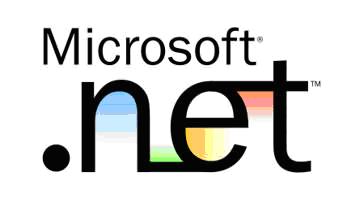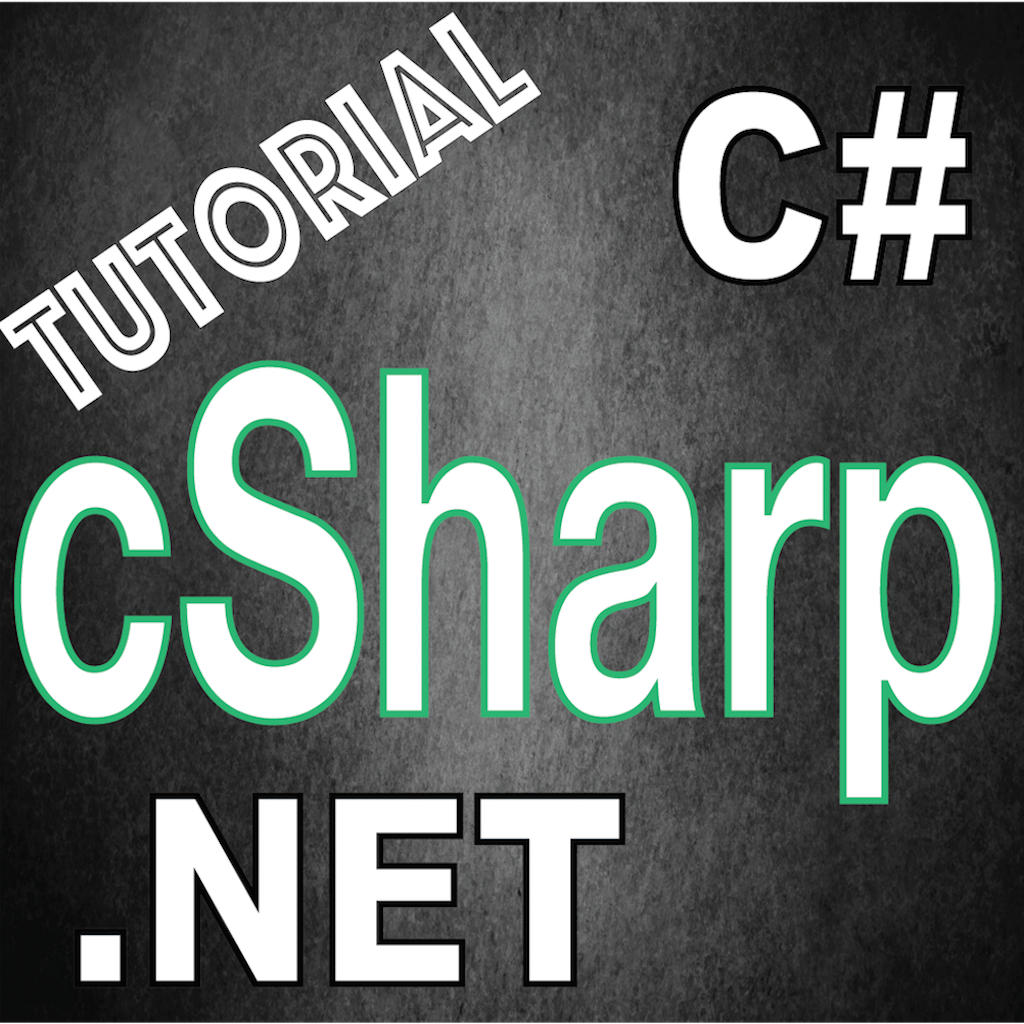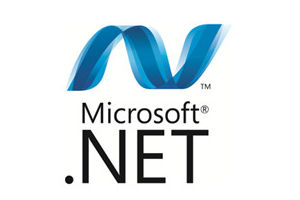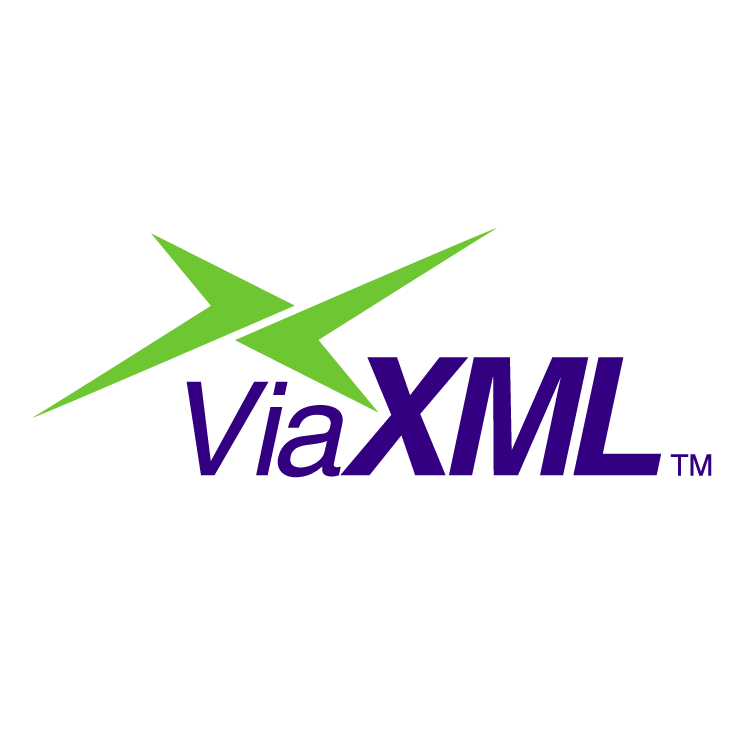10 recommended articles about gridview
How to implement the same editing, updating, and deleting functions as the GridView control in the Repeater control? The following is an example written under vs.net2008 (C#). from admin10000.com Backend .cs code protected void Page_Load(object sender, EventArgs e) { if (!Page.IsPostBack) { BindGrid(); } } private void BindGrid() {
1. Repeater control implements editing, updating, and deleting operations

##Introduction: How to implement the same editing, updating, and deleting functions as the GridView control in the Repeater control? The following is an example written under vs.net2008 (C#). From admin10000.com
2. Introducing several paging methods in asp.net

Introduction: There are usually three methods of paging, including asp.net's own data display space such as GridView and other paging, third-party paging controls such as aspnetpager, stored procedure paging, etc. Here are summaries. The first one: Use GridView’s built-in paging. This is the simplest paging method. Frontend method
3. GridView’s method instance of exporting Excel in C

#Introduction: This article mainly introduces the C# implementation of GridView export Excel example code. The detailed code is compiled here, which is of great practical value. Friends in need can refer to it.
4. Detailed explanation of ASP.NET data binding controls (pictures and text)

Introduction: This article mainly introduces the ASP.NET data binding controls in detail, and analyzes the "efficient paging" of the three data binding controls ListBox, GridView, and Repeater. It has It has certain reference value. Interested friends can refer to
5. Introduction to the method of serializing deep copy and DataGridView initialization refresh in C

#Introduction: The following editor will bring you an article on serialization in C# to implement deep copy and implement DataGridView initialization refresh method. The editor thinks it’s pretty good, so I’ll share it with you now and give it as a reference. Let’s follow the editor and take a look
6. Detailed explanation of the sample code of C# executing a stored procedure and filling the results into GridView

Introduction: This article mainly introduces the method of C# to execute stored procedures and fill the results into GridView. It analyzes the operation and operation of C# stored procedures in the form of examples. Friends who need relevant operating tips on the GridView control can refer to
7. C# Detailed sample code for creating an Excel file and exporting data to an Excel file (picture)

Introduction: C# creates an Excel file. Here, a pre-created Excel file is actually extracted from the resource. After the file is successfully extracted, use the OleDb method to connect to Excel and write data to the Excel file. Create solution menu > New > Project > Windows Forms Application: Add related components: add two DataGridView, a TextBox, and two buttons, as shown below: Add Excel resources: First create a new Excel file in the folder, in Sheet1 Set the column name in the first row of the table: double-click "
##8. Details introduction to "ASP.NET" data binding - GridView

9.
xml learning (8) xml addition, deletion, modification and query

#10.
xml learning (5) xml configuration gridview column Introduction: Sometimes we are not sure which columns our gridview wants to display, or we want to dynamically configure those columns and widths of the gridview. At this time, you can use a database that can store column messages to dynamically bind columns by reading the database, or you can configure xml. Of course, you can also read xml for the first time, then insert column messages into the database, and then download Determine once whether the column data has been stored in the database. If not, read the xml
Introduction: Sometimes we are not sure which columns our gridview wants to display, or we want to dynamically configure those columns and widths of the gridview. At this time, you can use a database that can store column messages to dynamically bind columns by reading the database, or you can configure xml. Of course, you can also read xml for the first time, then insert column messages into the database, and then download Determine once whether the column data has been stored in the database. If not, read the xml
##[Related Q&A recommendations]:
## An Android page has a listview on the top and a gridview on the bottom. How can I scroll together?
java - Practical questions about creating a universal Adapter on Hongyang Blog
javascript - A simple example of do_GridView
android - How to achieve such an effect in GridView?
android - Reuse of View in GridView?
The above is the detailed content of 10 recommended articles about gridview. For more information, please follow other related articles on the PHP Chinese website!

Hot AI Tools

Undresser.AI Undress
AI-powered app for creating realistic nude photos

AI Clothes Remover
Online AI tool for removing clothes from photos.

Undress AI Tool
Undress images for free

Clothoff.io
AI clothes remover

Video Face Swap
Swap faces in any video effortlessly with our completely free AI face swap tool!

Hot Article

Hot Tools

Notepad++7.3.1
Easy-to-use and free code editor

SublimeText3 Chinese version
Chinese version, very easy to use

Zend Studio 13.0.1
Powerful PHP integrated development environment

Dreamweaver CS6
Visual web development tools

SublimeText3 Mac version
God-level code editing software (SublimeText3)

Hot Topics
 What is the role of char in C strings
Apr 03, 2025 pm 03:15 PM
What is the role of char in C strings
Apr 03, 2025 pm 03:15 PM
In C, the char type is used in strings: 1. Store a single character; 2. Use an array to represent a string and end with a null terminator; 3. Operate through a string operation function; 4. Read or output a string from the keyboard.
 How to use various symbols in C language
Apr 03, 2025 pm 04:48 PM
How to use various symbols in C language
Apr 03, 2025 pm 04:48 PM
The usage methods of symbols in C language cover arithmetic, assignment, conditions, logic, bit operators, etc. Arithmetic operators are used for basic mathematical operations, assignment operators are used for assignment and addition, subtraction, multiplication and division assignment, condition operators are used for different operations according to conditions, logical operators are used for logical operations, bit operators are used for bit-level operations, and special constants are used to represent null pointers, end-of-file markers, and non-numeric values.
 How to handle special characters in C language
Apr 03, 2025 pm 03:18 PM
How to handle special characters in C language
Apr 03, 2025 pm 03:18 PM
In C language, special characters are processed through escape sequences, such as: \n represents line breaks. \t means tab character. Use escape sequences or character constants to represent special characters, such as char c = '\n'. Note that the backslash needs to be escaped twice. Different platforms and compilers may have different escape sequences, please consult the documentation.
 The difference between multithreading and asynchronous c#
Apr 03, 2025 pm 02:57 PM
The difference between multithreading and asynchronous c#
Apr 03, 2025 pm 02:57 PM
The difference between multithreading and asynchronous is that multithreading executes multiple threads at the same time, while asynchronously performs operations without blocking the current thread. Multithreading is used for compute-intensive tasks, while asynchronously is used for user interaction. The advantage of multi-threading is to improve computing performance, while the advantage of asynchronous is to not block UI threads. Choosing multithreading or asynchronous depends on the nature of the task: Computation-intensive tasks use multithreading, tasks that interact with external resources and need to keep UI responsiveness use asynchronous.
 The difference between char and wchar_t in C language
Apr 03, 2025 pm 03:09 PM
The difference between char and wchar_t in C language
Apr 03, 2025 pm 03:09 PM
In C language, the main difference between char and wchar_t is character encoding: char uses ASCII or extends ASCII, wchar_t uses Unicode; char takes up 1-2 bytes, wchar_t takes up 2-4 bytes; char is suitable for English text, wchar_t is suitable for multilingual text; char is widely supported, wchar_t depends on whether the compiler and operating system support Unicode; char is limited in character range, wchar_t has a larger character range, and special functions are used for arithmetic operations.
 How to convert char in C language
Apr 03, 2025 pm 03:21 PM
How to convert char in C language
Apr 03, 2025 pm 03:21 PM
In C language, char type conversion can be directly converted to another type by: casting: using casting characters. Automatic type conversion: When one type of data can accommodate another type of value, the compiler automatically converts it.
 What is the function of C language sum?
Apr 03, 2025 pm 02:21 PM
What is the function of C language sum?
Apr 03, 2025 pm 02:21 PM
There is no built-in sum function in C language, so it needs to be written by yourself. Sum can be achieved by traversing the array and accumulating elements: Loop version: Sum is calculated using for loop and array length. Pointer version: Use pointers to point to array elements, and efficient summing is achieved through self-increment pointers. Dynamically allocate array version: Dynamically allocate arrays and manage memory yourself, ensuring that allocated memory is freed to prevent memory leaks.
 How to use char array in C language
Apr 03, 2025 pm 03:24 PM
How to use char array in C language
Apr 03, 2025 pm 03:24 PM
The char array stores character sequences in C language and is declared as char array_name[size]. The access element is passed through the subscript operator, and the element ends with the null terminator '\0', which represents the end point of the string. The C language provides a variety of string manipulation functions, such as strlen(), strcpy(), strcat() and strcmp().






